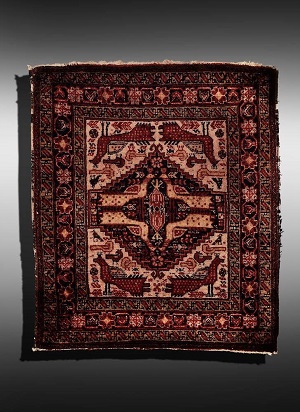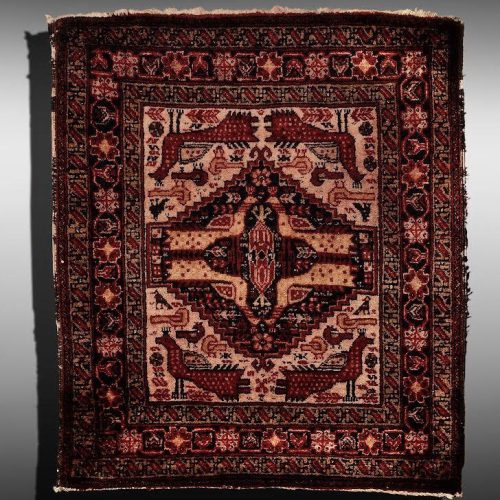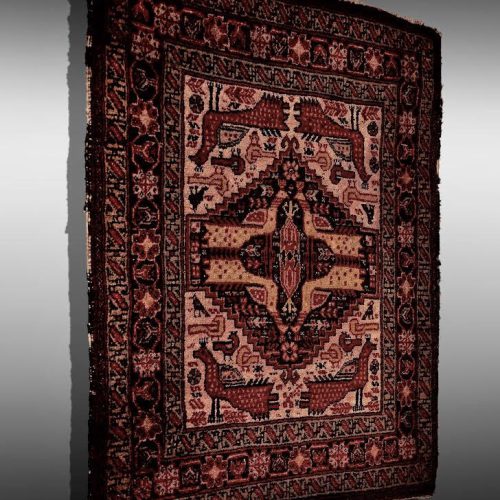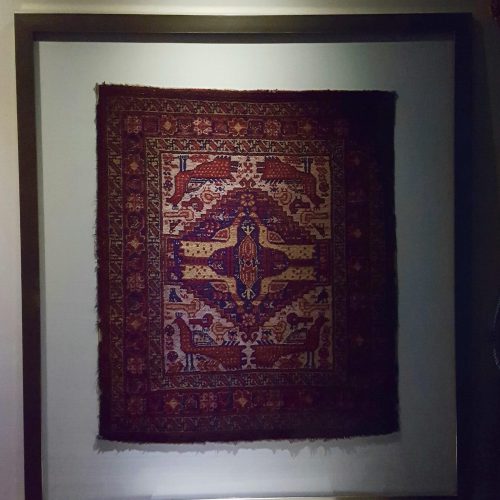FOOTNOTES: | The Caucasian rugs get their name from the area in which they were made – the Caucasus. The Caucasus is a region that produces distinctive rugs since the dawn of civilization and in quantities from the 16th Century. The antique Caucasian rugs are primarily produced as a village and tribal pieces rather than fine and intricate city productions. At one time it was assumed that all of the rugs in the Caucasus were woven by “Tribal” or “Nomadic” weavers. That if one bought a Lezgi Star Rug it was woven by a Lezgi weaver. Some even saw Schurmann’s classic Caucasian Carpets as a guide to the tribes of the Caucasus. Then a reversal came and it was suggested that virtually all Caucasian rugs. The rugs from the Caucasus are primarily made of materials that are (or were) particular to their tribal provinces and some of the styles that are “typical” or better known to the Caucasus region.The reds and greens, vibrant yellows, and deep rose tones being the most precious. The distinguishing aspect of the Caucasian carpet is its emphasis on rich and varied colours.The number and colours of selvedges often can be an identifier to the area of origin. The designs and colors of antique Caucasian rugs are unique for two reasons: tradition – more deeply rooted in Asia than anywhere else, and the inherent geographic isolation. Visual balance is achieved by contrasting wildly different colors, rather than the more traditional approach of shading similar hues. While Caucasian rugs tend to feature floral designs, their depiction is usually highly stylized, abstract, and geometric. One can see the evolution of tribal rug weaving in the history of antique Caucasian carpets. All the expected motifs are present, including dragons, flowers, Peacocks birds, crabs, and other animals. In later centuries, northern Mesopotamia influence became more pronounced. Virtually every Caucasian rug is crafted using the symmetry of the northern Mesopotamia knots and beauty. |
|---|








